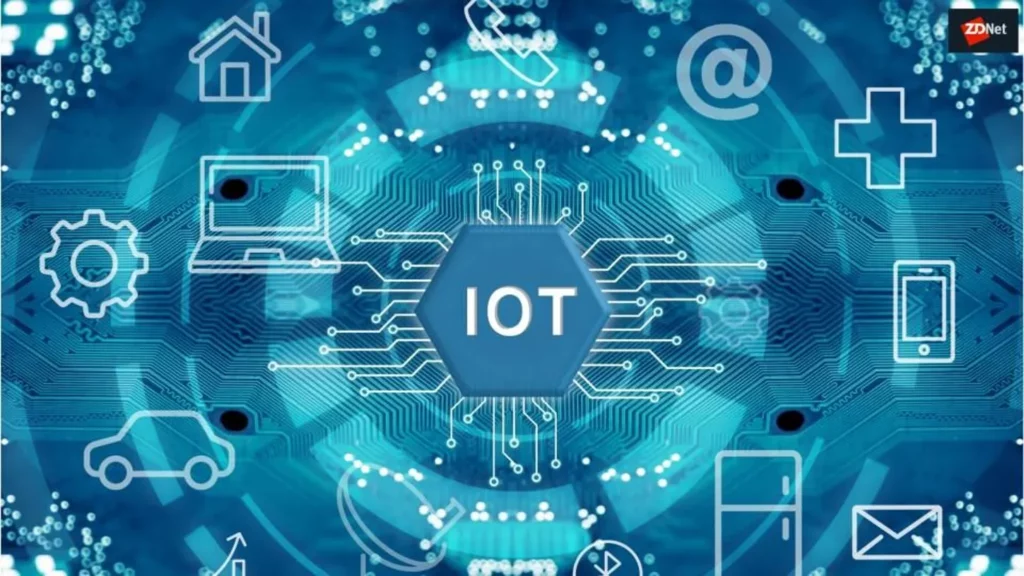The Internet of Things (IoT) is a network of physical objects that are embedded with sensors, software, and network connectivity to collect and exchange data. The IoT has the potential to revolutionize many industries and aspects of our lives, from the way we work and live to the way we manage our health and the environment.
The future of IoT is bright. By 2025, it is estimated that there will be over 41 billion connected IoT devices worldwide. This growth will be driven by the increasing demand for connected devices in a variety of industries, including healthcare, manufacturing, transportation, and retail.
The IoT has the potential to make our lives easier, more efficient, and more sustainable. For example, connected devices can be used to monitor and control our homes, businesses, and vehicles. This can help us to save energy, reduce our carbon footprint, and improve our overall quality of life.
The IoT can also be used to improve healthcare, transportation, and manufacturing. For example, connected devices can be used to collect data on patients’ health, track the location of vehicles, and monitor the performance of machines. This data can be used to improve diagnosis, prevent accidents, and optimize production.
The IoT is still in its early stages, but it has the potential to transform our world. As the IoT continues to grow, we can expect to see even more innovative applications that make our lives better.
Here are some of the ways that the IoT is already being used and how it could be used in the future:
- Smart cities: The IoT can be used to make cities more efficient and sustainable. For example, connected devices can be used to monitor traffic, manage energy use, and collect data on air quality. This data can be used to improve transportation, reduce energy costs, and improve public health.
- Smart homes: The IoT can be used to make homes more comfortable, secure, and energy efficient. For example, connected devices can be used to control lights, thermostats, and security systems. This can help homeowners to save money on energy bills and improve their peace of mind.
- Smart healthcare: The IoT can be used to improve healthcare delivery. For example, connected devices can be used to track patients’ vital signs, monitor medication adherence, and provide remote care. This can help to improve patient outcomes and reduce healthcare costs.
- Smart manufacturing: The IoT can be used to improve manufacturing efficiency and productivity. For example, connected devices can be used to track the location of materials, monitor the performance of machines, and identify potential problems. This can help to reduce waste, improve product quality, and shorten production cycles.
These are just a few examples of how the IoT is being used and how it could be used in the future. As the IoT continues to grow, we can expect to see even more innovative applications that make our lives better.
Here are some of the challenges that need to be addressed in order to realize the full potential of the IoT:
- Security: The IoT is vulnerable to security risks. Hackers could potentially gain access to connected devices and use them to steal data, disrupt operations, or cause physical damage.
- Privacy: The IoT collects a lot of data about us. This data could be used to track our movements, monitor our habits, and even predict our thoughts. This raises concerns about privacy and the potential for abuse.
- Standardization: There is no single standard for the IoT. This makes it difficult for devices from different manufacturers to work together.
- Cost: The IoT can be expensive to implement. The cost of sensors, software, and network connectivity can add up quickly.
Despite these challenges, the IoT has the potential to revolutionize many industries and aspects of our lives. As the IoT continues to grow, we can expect to see even more innovative applications that make our lives better.
